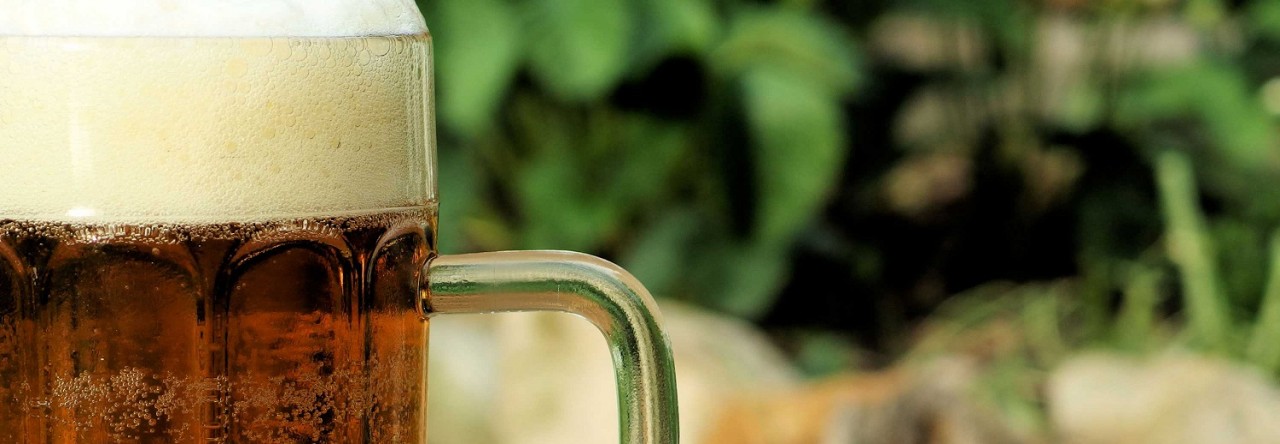As promised, here’s part 2 of this particular experiment. Last week, we tasted one version of this American Pale Ale. The ale features Simcoe, Amarillo, and Citra hops with a touch of Nugget for bitterness.
This week, Mike revealed that he actually brewed 3 beers with one key difference: the yeast. He wanted to see how different yeast strains would influence the final product and we examined them all. This post will take you through the brewing process and our tasting notes on these intriguing variations.
More Experiment Details
For this experiment, consistency was crucial. Mike brewed a 10-gallon batch of wort and split it evenly into three fermenters. Each fermenter was inoculated with a different yeast strain. The original yeast we used was Fermentis US-05, which we use all the time in our beers. The second yeast was Cellar Science Cali, known for its ability to brighten and enhance hop flavors. The third was Apex Cultures San Diego, a relatively new strain in the homebrewing scene.
We maintained the same temperature and fermentation conditions for all three batches, ensuring that any differences in the final beers would be due to the yeast alone. No dry hopping was done to keep the focus on the primary fermentation and how each yeast strain interacted with the hops and malt.
Tastings
Fermentis US-05: We knew this beer from last week. It is our baseline, providing a familiar and reliable profile. The beer had a balanced bitterness and a subtle hop aroma. It was a solid, enjoyable beer but lacked the brightness and complexity we were hoping to achieve.
Cellar Science Cali: This yeast strain took the beer to another level. The hop aroma was significantly more pronounced, with bright citrus notes dominating the nose. The taste followed suit, delivering a vibrant, citrusy flavor with hints of candied orange peel. The malt profile was slightly subdued, allowing the hops to shine, making it a more intriguing and refreshing beer.
Apex Cultures San Diego: This one was the wild card. It fell somewhere between the other two in terms of hop expression, with a more pronounced bitterness that lingered on the palate. The citrus notes were present but not as distinct as in the Cali strain. However, it did provide a more complex and layered flavor profile, making it an interesting variation to explore further.
Final Thoughts
This experiment reinforced the idea that yeast plays a crucial role in the final flavor of a beer. While the Fermentis US-05 provided a dependable and well-rounded beer, the Cellar Science Cali stood out with its ability to enhance hop flavors and brighten the overall profile. The Apex Cultures San Diego offered a unique twist with its increased bitterness and complexity.
If you’re a homebrewer looking to tweak a recipe or breathe new life into a familiar brew, consider experimenting with different yeast strains. A simple yeast switch can transform your beer in unexpected and delightful ways.
For us, the Cellar Science Cali was the clear winner, and we’ll definitely be using it in future brews. Hopefully, we can share more of them with you soon.
Brew ON!

Leave a Reply